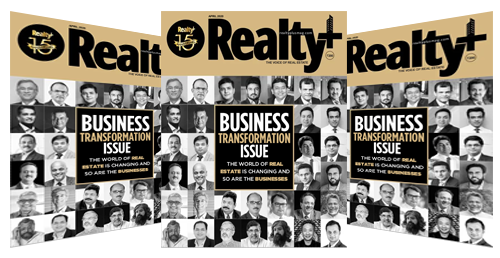Architecture has always been the ever deciding factor into a region’s skyline. With the old and the bitter new structures, this process of design will forever evolve into something more and maybe something better. While traditional nuances have their own charm, the modern design seeks to be more youthful and tangent with present times. It is the beautiful conjecture of traditional elements that marry into modern architecture that is when a truly bespoke structure takes its place.
Building structures that integrate features of the old and the new can be challenging, but it is possible. Using this method of construction allows architects to build spaces that incorporate all that client desires about traditional styles while maintaining the convenience of modern amenities.
Though an architectural characterization may differ from place to place to respond and also adapt to a certain context, it must always prioritise people's needs. It must protect and preserve the environment. This is where the concept of traditional constructions comes into play, having buildings created depending on a particular environment and using locally available materials to keep inhabitants protected from the outside world.
The necessity to rejuvenate traditional practices in order to make them more meaningful is of the utmost importance. In today's era, various historic construction methods can be discovered and implemented. It's also important that they're not merely duplicate copies of the method, but that they've been examined and altered to meet the context and current scenarios.
Here are a few examples of how traditional techniques can be used in modern architecture.
Revolutionising Materials - The traditional design corresponds to ecological building features such as energy efficiency and the use of locally available materials and resources. These structures take advantage of local knowledge about how to create effective and efficient buildings, as well as how to employ local materials and resources. Living in a natural-materials-built home can have a long-term positive impact on one's mental and physical health. Furthermore, it has the obvious advantage of lowering the environmental impact of moving products across long distances. Additionally, local materials are thought to offer greater passive energy conservation, leading to lower net carbon emissions.
Past and Future Collaboration - Traditional architecture teaches us that it acts as a vital link between humans and their surroundings. It reaffirms our place on earth and encourages us to think about architecture in terms of survival. These structures are ecological and resource-conserving solutions to local housing demand, giving a climate-responsive approach to the home. The benefits of these have been recognised throughout history, diminished in the modern era, and are again making a resurgence among green architects and designers.
Climate-Responsive Design - Climate responsive design addresses seasonal variation, the orientation of the sun path and solar position, natural shadows created by the surrounding topography, biological factors, and meteorological data to build comfortable and energy-efficient dwellings. Take into account the climate, soil species, wind speed and direction, temperature, and solar path. Evaluate the area's water flow, ecology, and geography. Each should be evaluated by a trained team of professionals to appreciate the consequences of construction in that particular region.
Given the fact that traditional architectural techniques appear to have been overlooked in modern architecture, Aum Architects actively seeks to alter transformation in architecture through designing spaces that takes references from our roots and imbibing them into the modern context.













